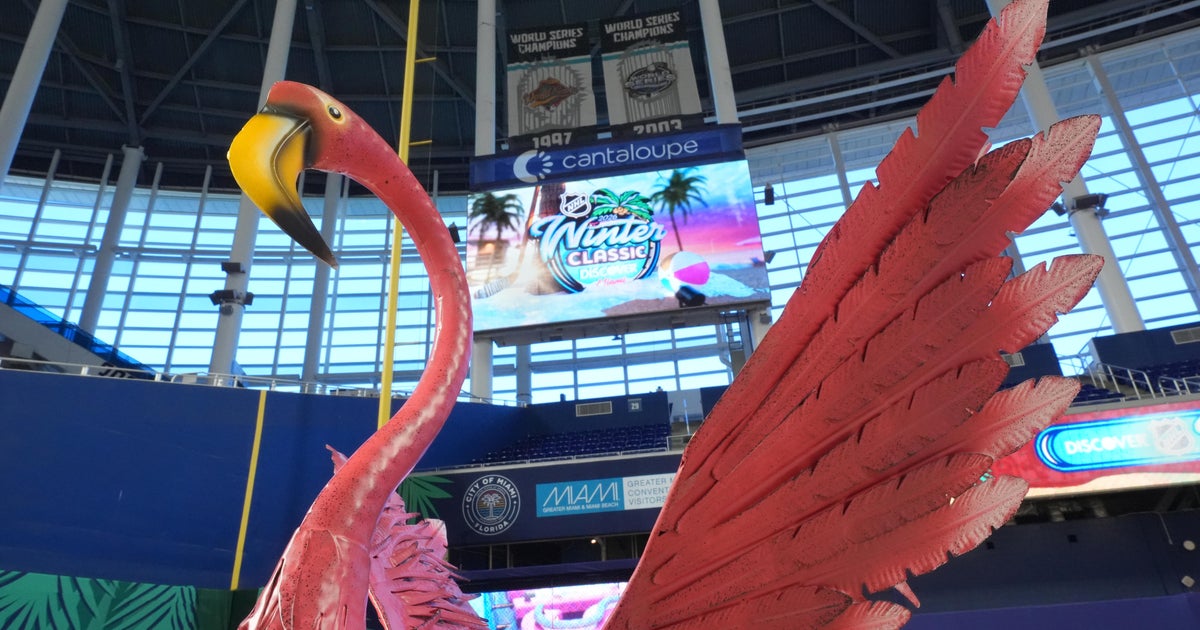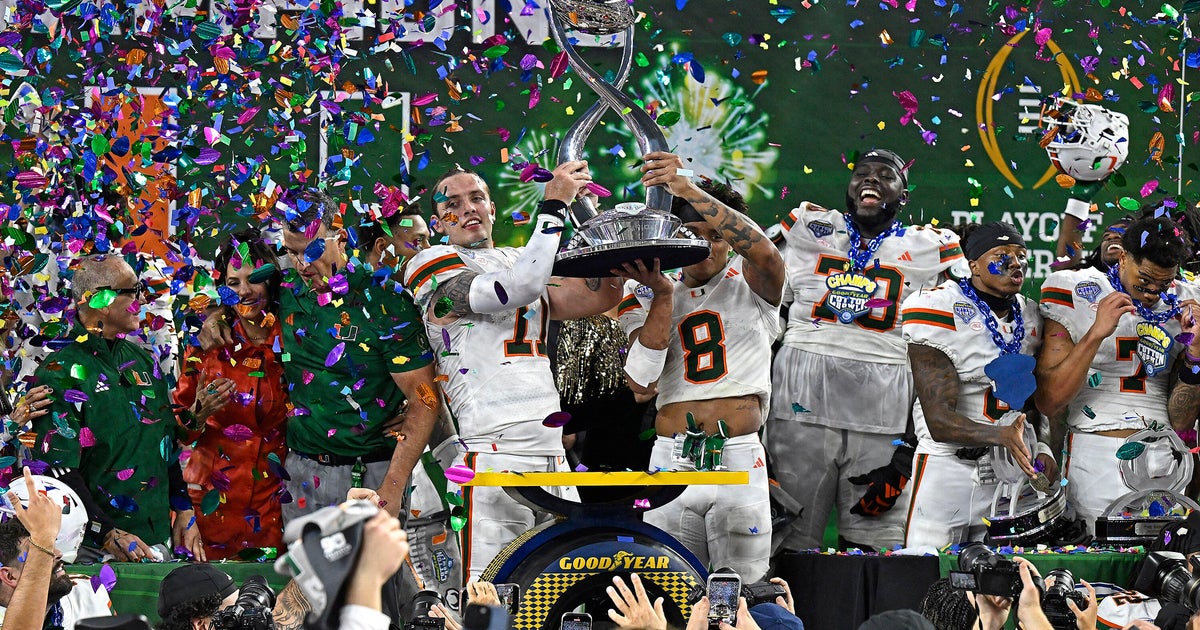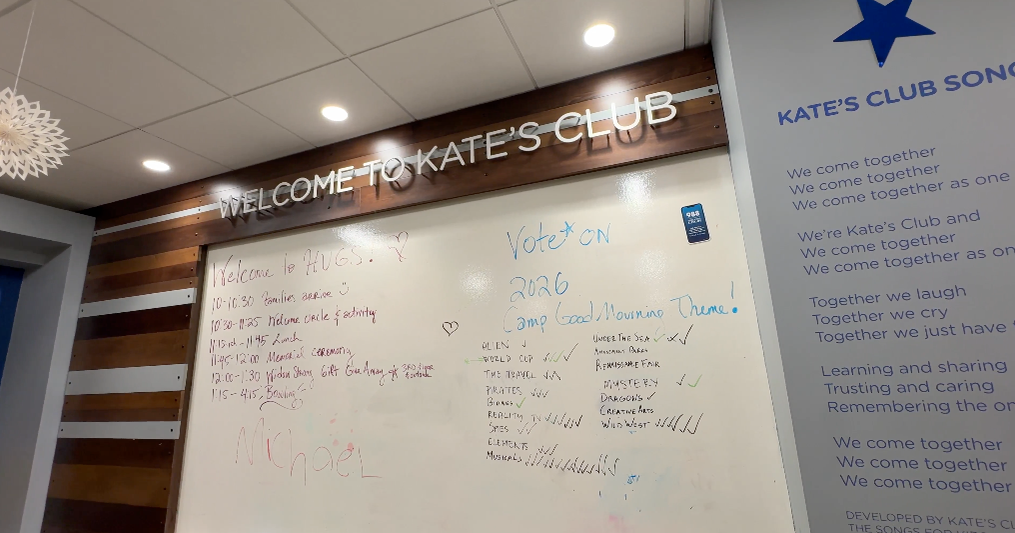NASCAR Vocabulary: What Are They Saying?
Thursday, I will be leaving for Martinsville, Va. and I thought before I go on my trip I should give you one last lesson on NASCAR. This time I am going to explain some of the terms that are used during the race.
Make yourself comfortable and reach into the depths of your brain. I want you to remember the first time you learned about any sport. Maybe it was football, baseball, hockey, lacrosse, or any other sport you can think of. I remember my father watching a Baltimore Colts game and talking about the 1st down, touchdowns, and other terms. I thought he was speaking a different language but I asked questions and learned. I still don't know everything about football but I understand what is going on. It makes the game more fun to follow.
Racing is exactly the same. They have terms for everything. If you watched Tom Cruise in Days of Thunder you might remember him saying, " No, I really don't know. A turn here? A wedge there......I'd like to help out, but I can't. I don't have the vocabulary." Tom isn't any different from most of you reading this. My goal is to help you love racing and to do that you should understand some of the terms.
I don't expect anyone to remember all of the terms below but keep it as a reference.
So here we go:
Aero Push
When following another vehicle closely, the airflow off the lead vehicle does not travel across the following one(s) in a normal manner. Therefore, downforce on the front of the trailing vehicle(s) is decreased and it does not turn in the corners as well, resulting in an "aero push." This condition is more apparent on the exit of the turns.
Aerodynamic Drag
A number that is a coefficient of several factors that indicates how well a race vehicle will travel through the air and how much resistance it offers. Crewmen work to get the best "drag horsepower" rating they can, determining how much horsepower it will take to move a vehicle through the air at a certain mile-per-hour rate. At faster speedways teams strive to get the lowest drag number possible for higher straightaway speeds.
Air Dam
A strip that hangs under the front grill, very close to the ground. It helps provide downforce at the front of the car.
Air Pressure
With the advent of radial tires with stiffer sidewalls, changing air pressure in the tires is used as another setup tool that is akin to adjusting spring rates in the vehicle's suspension. An increase in air pressure raises the "spring rate" in the tire itself and changes the vehicle's handling characteristics. If his race vehicle was "tight" coming off a corner, a driver might request a slight air pressure increase in the right rear tire to "loosen it up."
Back Marker
A car running off the pace near the rear of the field.
Balance
When a car doesn't tend to oversteer or understeer, but goes around the racetrack as if its on rails, it's said to be in balance.
Banking
The sloping of a racetrack, particularly at a curve or a corner, from the apron to the outside wall. Degree of banking refers to the height of a racetrack's slope at the outside edge.
Camber
Camber addresses the angle at which a tire makes contact with the track surface. "Positive camber" indicates the angle of the tire is tilted away from the vehicle's centerline while "negative camber" indicates the tire is tilted toward the centerline. A typical oval track setup would have positive camber in the left front and negative camber in the right front to help the vehicle make left-hand turns.
Camshaft
A rotating shaft within the engine that opens and closes the intake and exhaust valves in the engine.
Chassis
The combination of a car's floorboard, interior and roll cage.
Chassis Roll
The up-and-down movement caused when a car travels around corners at high speeds. The side of the car facing the turn becomes lighter while the extra weight goes toward the outside of the turn.
Contact Patch
The part of the tire that's actually touching the road.
Dirty Air
The air used and discarded by the lead car.
Downforce
The air pressure traveling over the surfaces of a race vehicle creates "downforce" or weight on that area. In order to increase corner speeds teams strive to create downforce that increases tire grip. The tradeoff for increased corner speeds derived from greater downforce is increased drag that slows straightaway speeds.
Draft
The aerodynamic effect that allows two or more cars traveling nose-to-tail to run faster than a single car. When one car follows closely, the one in front cuts through the air, providing less resistance for the car in back.
Drafting
The practice of two or more cars, while racing, to run nose-to-tail, almost touching. The lead car, by displacing the air in front of it, creates a vacuum between its rear end and the nose of the following car, actually pulling the second car along with it.
Drag
The resistance a car experiences when passing through air at high speeds. A resisting force exerted on a car parallel to its air stream and opposite in direction to its motion.
Engine Block
An iron casting from the manufacturer that envelopes the crankshaft, connecting rods and pistons.
Fabricator
A person who specializes in creating the sheet metal body of a stock car. Most teams employ two or more.
Firewall
A solid metal plate that separates the engine compartment from the driver's compartment of a race car.
Front Clip
The front-most part of the race car, starting with the firewall.
Fuel Cell
A holding tank for a race car's supply of gasoline. Consists of a metal box that contains a flexible, tear-resistant bladder and foam baffling. A product of aerospace technology, it's designed to eliminate or minimize fuel spillage.
Groove
Slang term for the best route around a racetrack; the most efficient or quickest way around the track for a particular driver. The "high groove" takes a car closer to the outside wall for most of a lap, while the "Low groove" takes a car closer to the apron than the outside wall. Road racers use the term "line." Drivers search for a fast groove, and that has been known to change depending on track and weather conditions.
Happy Hour
Slang term for the last official practice session held before an event. Usually takes place the day before the race and after all qualifying and support races have been staged.
Handling
Generally, a race car's performance while racing, qualifying or practicing. How a car "Handles" is determined by its tires, suspension geometry, aerodynamics and other factors.
Interval
The time-distance between two cars. Referred to roughly in car lengths, or precisely in seconds.
Lapped Traffic
Cars that have completed at least one full lap less than the race leader.
Loose
(Also referred to as "free" or "oversteer.") A condition created when the back end of the vehicle wants to overtake the front end when it is either entering or exiting a turn. In qualifying mode teams walk a fine line creating a setup that "frees the vehicle up" as much as possible without causing the driver to lose control.
Marbles
(Also referred to as "loose stuff.") Bits of rubber that have been shaved off tires and dirt and gravel blown to the outside of a corner by the wind created by passing vehicles comprise the "marbles" that are often blamed by drivers for causing them to lose control.
Neutral
A term drivers use when referring to how their car is handling. When a car is neither loose nor pushing (tight).
Oversteer
See Loose
Pit Road
The area where pit crews service the cars. Generally located along the front straightaway, but because of space limitations, some racetracks sport pit roads on the front and back straightaways.
Pit Stall
The area along pit road that is designated for a particular team's use during pit stops. Each car stops in the team's stall before being serviced.
Pole Position
Slang term for the foremost position on the starting grid, awarded to the fastest qualifier.
Push
(Also referred to as "tight" or "understeer.") "Push" is a condition that occurs when the front tires of a vehicle will not turn crisply in a corner. When this condition occurs, the driver must get out of the throttle until the front tires grip the race track again.
Quarter Panel
The sheet metal on both sides of the car from the C-post to the rear bumper below the deck lid and above the wheel well.
Rear Clip
The section of a race car that begins at the base of the rear windshield and extends to the rear bumper. Contains the car's fuel cell and rear suspension components.
Restrictor Plate
An aluminum plate that is placed between the base of the carburetor and the engine's intake manifold with four holes drilled in it. The plate is designed to reduce the flow of air and fuel into the engine's combustion chamber, thereby decreasing horsepower and speed.
Roof Flaps
These flaps are sections at the rear of a race vehicle's roof that are designed to activate, or flip up, if the air pressure flowing across them decreases. In the case of a vehicle turning backwards, the tendency for an uninterrupted flow of air is to create lift. The roof flaps are designed to disrupt that airflow in attempt to keep the vehicle on the ground.
Round
Slang term for a way of making chassis adjustments utilizing the race car's springs. A wrench is inserted in a jack bolt attached to the springs, and is used to tighten or loosen the amount of play in the spring. This in turn can loosen or tighten the handling of a race car.
Setup
Slang term for the tuning and adjustments made to a race car's suspension before and during a race.
Short Track
Racetracks that are less than one mile in length.
Silly Season
Slang for the period that begins during the latter part of the current season, wherein some teams announce driver, crew and/or sponsor changes.
Spoiler
(Also referred to as a "blade.") The spoiler is a strip of aluminum that stretches across the width of a race vehicle's rear decklid. It is designed to create downforce on the rear of the vehicle, thereby increasing traction. However, the tradeoff, again, is that more downforce equals more aerodynamic drag, so teams attempt, particularly on qualifying runs, to lay the spoiler at as low an angle as possible to "free up" their vehicles for more straightaway speed.
Stagger
Stagger is a concept that has largely been eliminated with the use of radial tires. It refers to the difference in tire circumference between the left- and right-side tires on the vehicle. Typically, the left-side tires would be a smaller circumference than the right-side tires to "help" the vehicle make left-hand turns.
Stick
Slang term used for tire traction.
Stickers
Slang term for new tires. The name is derived from the manufacturer's stickers that are affixed to each new tire's contact surface.
Stop 'N' Go (Black Flagged)
A penalty, usually assessed for speeding on pit road at the appropriate speed and stopped for one full second in the team's pit stall before returning to the track.
SuperSpeedway
A racetrack of one mile or more in distance. Road courses are included. Racers refer to three types of oval tracks. Short tracks are under one mile, intermediate tracks are at least a mile but under two miles and superspeedways are two miles and longer.
Sway Bar
Sometimes called an "antiroll bar." Bar used to resist or counteract the rolling force of the car body through the turns.
Template
A device used to check the body shape and size to ensure compliance with the rules. The template closely resembles the shape of the factory version of the car.
Tight
Also known as "understeer." A car is said to be tight if the front wheels lose traction before the rear wheels do. A tight race car doesn't seem able to steer sharply enough through the turns. Instead, the front end continues through the wall.
Toe
Looking at the car from the front, the amount the tires are turned in or out. If you imagine your feet to be the two front tires of a race car, standing with your toes together would represent toe-in. Standing with your heels together would represent toe-out.
Track Bar
(Also referred to as a "Panhard bar.") This bar locates the vehicle's rear end housing from left-to-right under it. In calibrating the vehicle's "suspension geometry," raising or lowering the track bar changes the rear roll center and determines how well it will travel through the corners. During races, this adjustment is done through the rear window using an extended ratchet. Typically, lowering the track bar will "tighten" the vehicle and raising the track bar will "loosen" it.
Tri-Oval
A racetrack that has a "hump" or "fifth turn" in addition to the standard four corners. Not to be confused with a triangle-shaped speedway, which only has three distinct corners.
Turbulance
Air that trails behind a race car and disrupts the flow of air to the cars behind it.
Understeer
See Tight
Valance
(Also referred to as "front air dam.") This is the panel that extends below the vehicle's front bumper. The relation of the bottom of the valance, or its ground clearance, affects the amount of front downforce the vehicle creates. Lowering the valance creates more front downforce.
Victory Lane
Sometimes called the "winner's circle." The spot on each racetrack's infield where the race winner parks for the celebration.
Wedge
Refers to the relationship from corner-to-corner of the weight of the race vehicle. Increasing the weight on any corner of the vehicle affects the weight of the other three corners in direct proportion. Weight adjustments are made by turning "weight jacking screws" mounted on each corner with a ratchet. A typical adjustment for a "loose" car would be to increase the weight of the left rear corner of the vehicle, which decreases the weight of the left front and right rear corners and increases the weight of the right front. A typical adjustment for a "tight" vehicle would be to increase the weight of the right rear corner, which decreases the weight of the right front and left rear and increases the weight of the left front.
All of the information above has been provided by NASCAR.com
Article by Jeremy Wilkins







